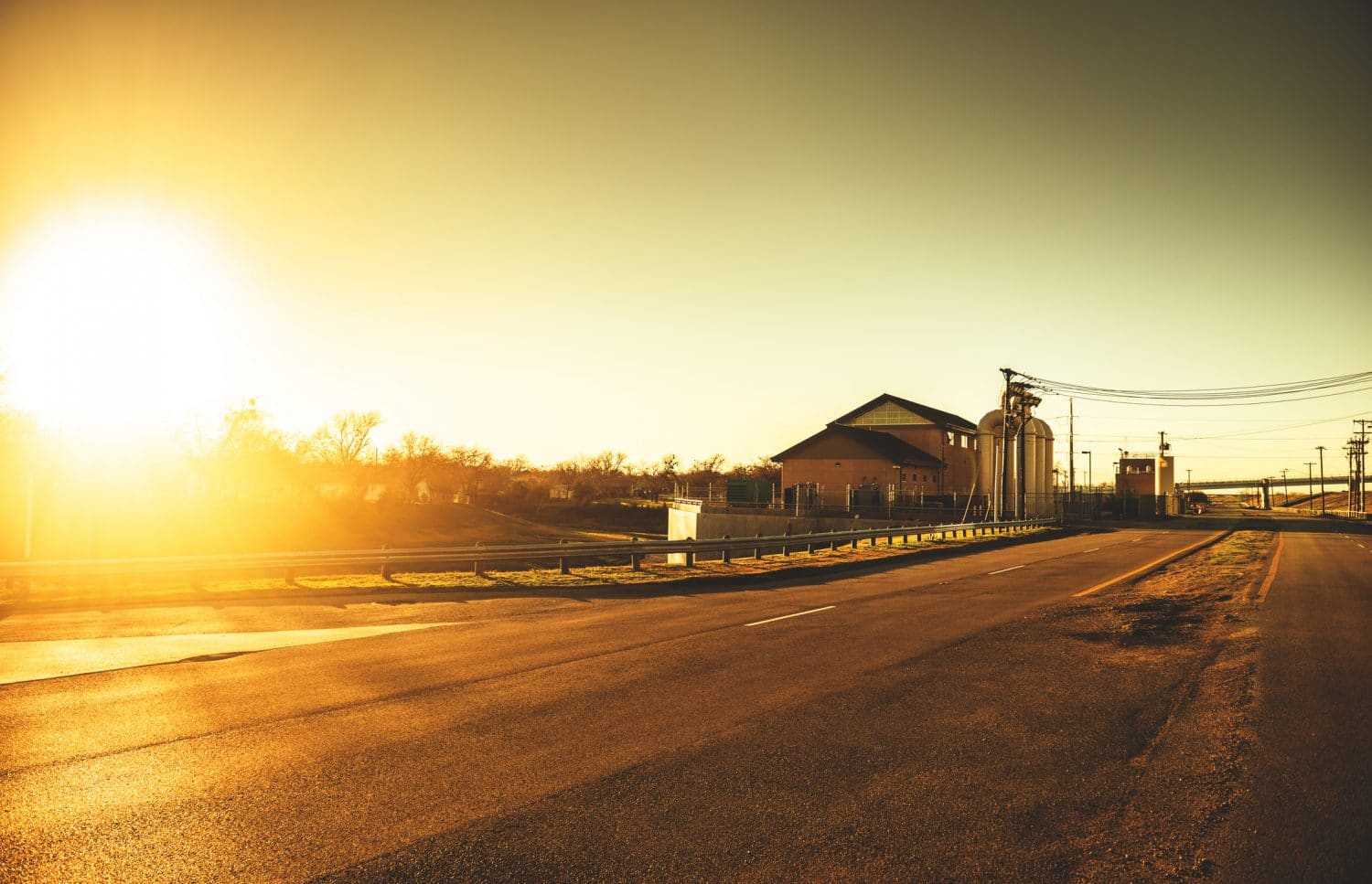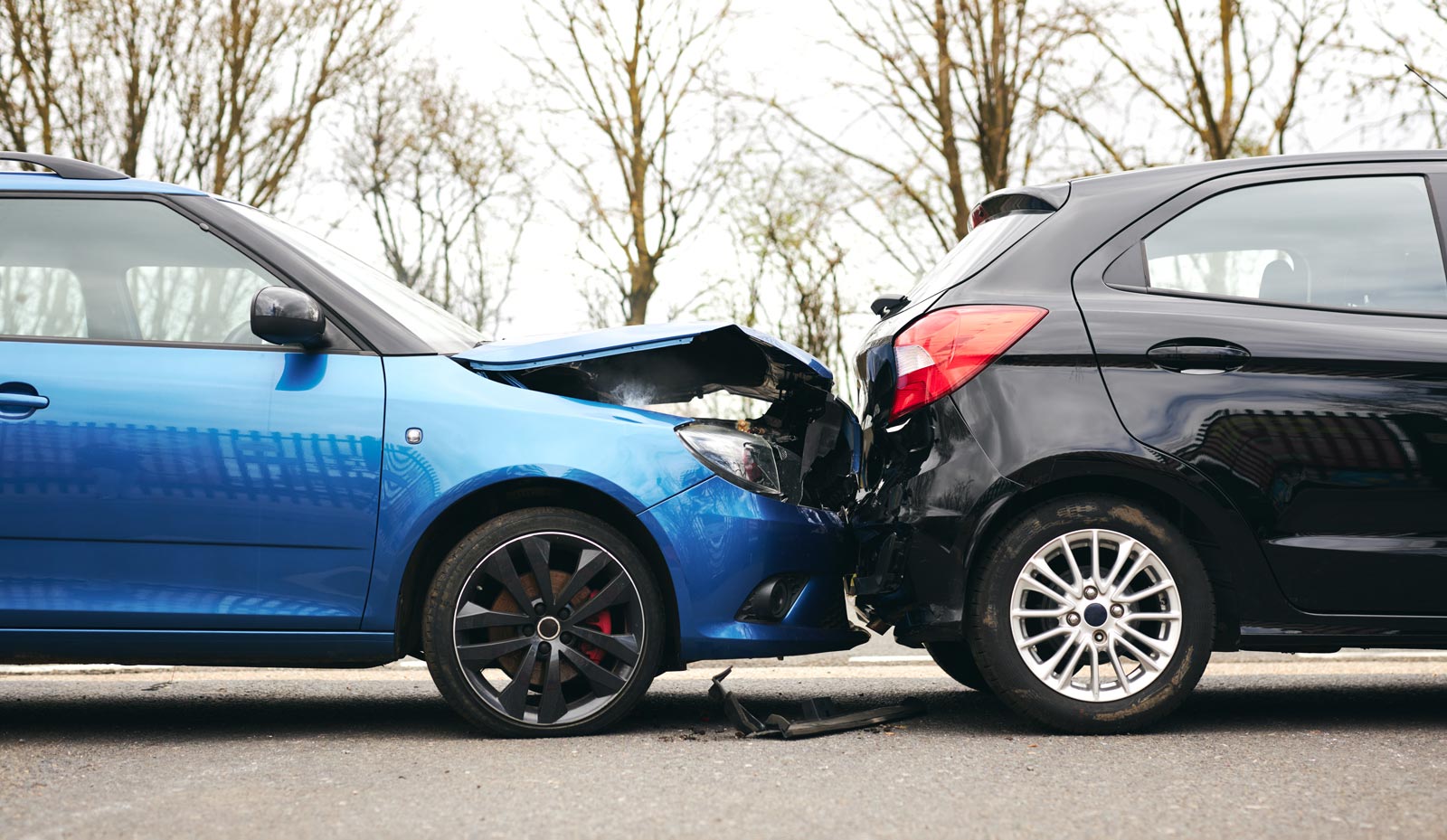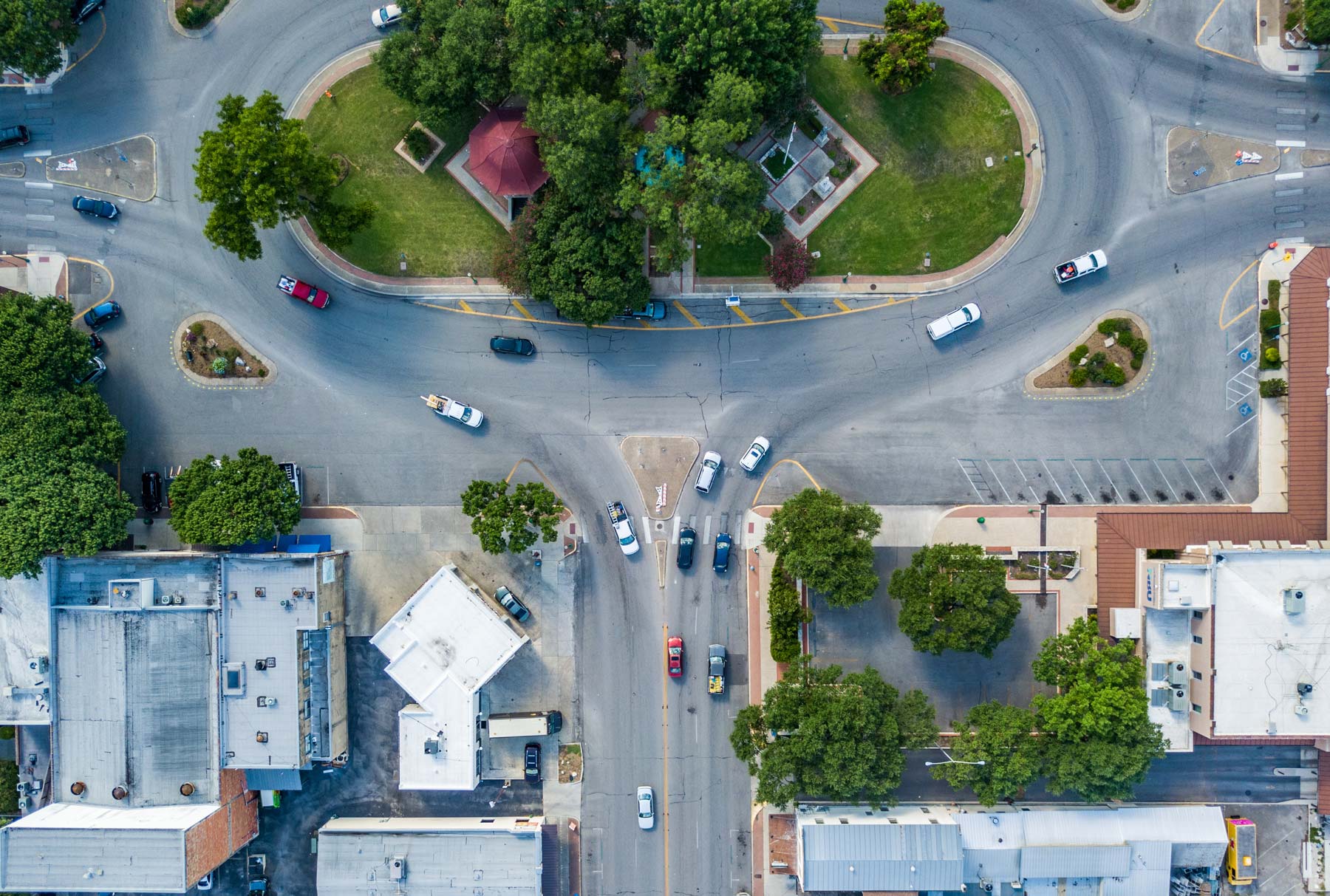Texas Has More Rural Car Crashes and Fatalities Compared to Urban Areas
The statistics are shocking. According to federal crash data, you are 2.6 times more likely to die in a rural car crash than a vehicle wreck in the city. If your family has been impacted by a fatal or catastrophic car crash, you deserve answers. Learn more about rural car crashes in this article—and how Crosley Law Firm might be able to help you get the compensation you deserve.
What Makes Rural Car Crashes More Dangerous?
Researchers have spent a lot of time studying why rural car crashes result in more deaths, but they haven’t clearly identified what causes the huge gap between urban and rural collisions. Many risk factors have almost identical fatality rates, regardless of location. For example, the percentage of alcohol-related deaths (29%) is identical in urban and rural areas. Similarly, 28% of rural crashes and 27% of urban accidents involve speeding.
However, it appears there are some common factors in fatal rural car wrecks, including not using seat belts, less access to medical care, and poor road maintenance.
Seat Belt Use
Many rural crashes involve unrestrained drivers. Overall, rural drivers report less frequent seat belt use than their urban counterparts. A survey of drivers showed that 88.8% of urban drivers claimed to regularly use seat belts, while only 74.7% of rural drivers consistently used seat belts. During a crash, an unrestrained driver is much more likely to suffer life-threatening injuries. And in 2015, occupants not wearing a seat belt contributed to half of all fatalities.
Access to Emergency and Trauma Care
While many rural hospitals offer excellent medical services, many people speculate that reduced access to medical services and facilities contributes to rural car crash deaths. Approximately 61% of all rural car crash deaths occur at the scene of the accident, while only 33% of urban victims die on the scene. More rural crash victims also die en route to the hospital compared to their urban counterparts.
“Approximately 61% of all rural car crash deaths occur at the scene of the accident, while only 33% of urban victims die on the scene.”
After a traumatic injury, it’s important to get care in the “golden hour,” the first 60 minutes after the injury. After that time period, mortality rates increase significantly. In many places, it takes EMS twice as long (or more) to get to rural locations. Some researchers suggest that this delay significantly impacts the death rate in rural crashes.
Related Video: I’ve Been in a Car Accident, How Soon Should I Go to the Doctor?
Maintenance of Farm-to-Market Roads
Farm-to-market or “farm roads” are uniquely Texan. These roads were originally built to give farmers easier access to urban markets. They are typically narrower and more winding than interstates and highways. Unfortunately, as the Eagle Ford Shale field and other oil and gas ventures picked up, heavier vehicles began to frequent our farm roads and seriously damage them.
In 2013, the state decided to convert more than 80 miles of farm roads in South and East Texas to gravel. Unfortunately, gravel decreases a vehicle’s traction. Road conditions on gravel can also be more dangerous due to weather, the weight of the vehicle, and other factors. In 2016 alone, 664 people died on farm-to-market roads.
Related Blog: Rising Fatalities and Trucking Accidents in the Eagle Ford Shale
What Should You Do After a Rural Car Crash?
As in any car or truck collision, your safety is the top priority. While country roads sometimes have a narrow shoulder (or no shoulder), do your best to get you and your vehicle off the roadway if possible. Call 911 immediately, especially if you or a loved one needs emergency medical treatment. Remember, you might face a longer-than-expected response time from EMS.
If possible, you or a loved one should also take pictures of the accident scene, get the other drivers’ insurance and contact information, and identify any witnesses who saw the accident.
Related Ebook: Five Mistakes to Avoid After an Auto Accident
Once your immediate safety is no longer in jeopardy, contact an experienced Texas personal injury lawyer. After a serious car crash, many people struggle to cope with their injuries, the loss of a loved one, or the insurance company’s red tape. Without guidance from a qualified and experienced car accident lawyer, you might accept an unreasonably low settlement offer or make serious mistakes that lower your claim’s value.
Crosley Law Firm: Fighting for Accident Victims and Their Families in San Antonio and Throughout Texas
At Crosley Law Firm, we aggressively fight on behalf of catastrophic injury victims and their families. We also understand the challenges of rural car accidents. We use trial-tested litigation strategies and cutting-edge technology to reconstruct accident scenes and deliver persuasive jury presentations.
If you’re interested in learning more about your right to compensation and our approach to car accident claims, contact us online or at 210-LAW-3000 | 210-529-3000 for a free consultation.
References
Beck, L., Downs, J., Stevens, M., Sauber-Schatz, E. (2017, September 22). Rural and urban differences in passenger-vehicle-occupant deaths and seat belt use among adults—United States, 2014. Centers for Disease Control and Prevention. Retrieved from https://www.cdc.gov/mmwr/volumes/66/ss/ss6617a1.htm.
Fatal crashes and fatalities by month and road type—2016. Texas Department of Transportation. Retrieved from http://ftp.dot.state.tx.us/pub/txdot-info/trf/crash_statistics/2016/05.pdf.
Lindberg, D. (2017, August 4). EMS response times are double in rural vs. urban areas. NEJM Journal Watch. Retrieved from https://www.jwatch.org/na44696/2017/08/04/ems-response-times-are-double-rural-vs-urban-areas.
Rural/urban comparison of traffic fatalities (2017, April). National Highway Traffic Safety Administration. Retrieved from https://crashstats.nhtsa.dot.gov/Api/Public/ViewPublication/812393.
Rural and urban crashes and injuries by severity—2016. Texas Department of Transportation. Retrieved from http://ftp.dot.state.tx.us/pub/txdot-info/trf/crash_statistics/2016/10.pdf.
Rural and urban crashes and injuries by severity—2015. Texas Department of Transportation. Retrieved from http://ftp.dot.state.tx.us/pub/txdot-info/trf/crash_statistics/2015/10.pdf.
Rural and urban crashes and injuries by severity—2014. Texas Department of Transportation. Retrieved from http://ftp.dot.state.tx.us/pub/txdot-info/trf/crash_statistics/2014/10.pdf.
The content provided here is for informational purposes only and should not be construed as legal advice on any subject.









